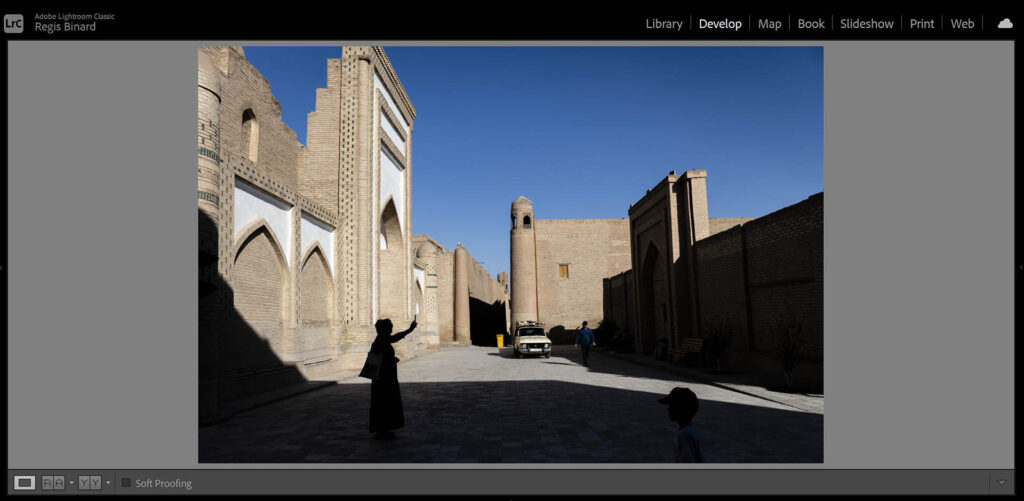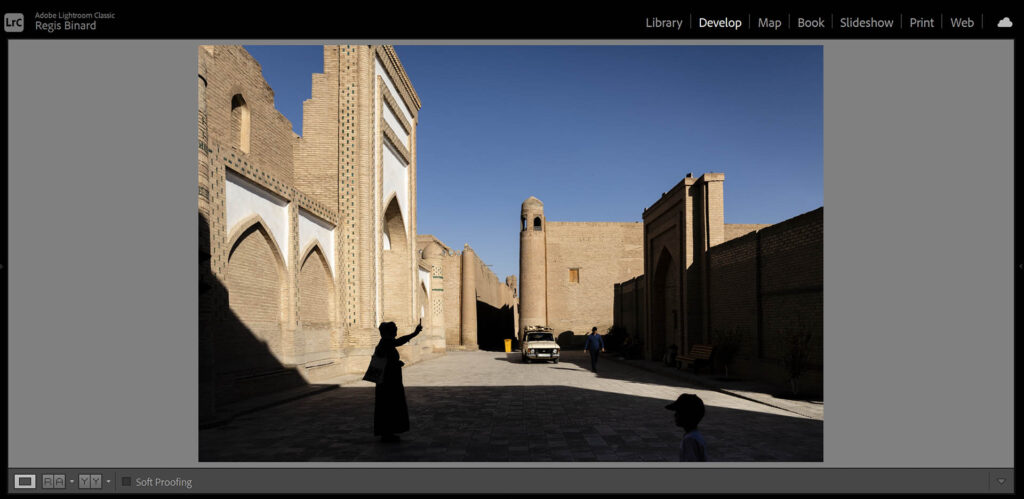Our recent photography workshop in Uzbekistan has just concluded, and as I am about to embark on another journey along the Silk Road with my Canadian friends, I just find a moment to delve into a topic that has been on my mind for quite some time: the significance of editing in shaping the final mood of your photographs. During my travels, I often engage with fellow photographers about the essence of their craft, urging them to not only define their style through the lens but also through their editing techniques.
It is crucial to stress that the foundation of a striking image lies in the initial capture. The common refrain of “I’ll fix it in post” can be a tempting shortcut, but it risks diluting the essence of the moment captured through the viewfinder. A thorough process of scrutinizing, analyzing, and optimizing the composition, encompassing every element from the foreground to the background, is instrumental in crafting images that resonate deeply with viewers.
Here are four key steps I frequently employ to enhance the mood in my photographs:
- Visualization – Selection: Before diving into editing, take the time to carefully select the image with a strong composition that aligns with your vision, take a moment to envision the desired mood for your photograph. Consider whether you want it to be darker or lighter, warmer or cooler. Reflect on the tools within Adobe Lightroom that can help translate your vision into reality.
- Canvas Cleanup: Prior to enhancing the final mood, ensure your canvas is pristine. Address sensor spots, manage highlights, straighten horizons, adjust exposure, and make basic corrections. By tidying up the image, you pave the way for more creative adjustments that amplify the mood and captivate the viewer. I always use the same preset when I import my photos in Lightroom to safe time in my workflow.
- Embrace Your Style: Understand your unique aesthetic and determine the final mood you wish to convey through your images. Experiment with different tonal adjustments to evoke specific emotions. Whether it involves darkening the image for a mysterious vibe or brightening it for a cheerful tone, let your editing choices align with YOUR artistic identity.
- Draw the Eye: To ensure the viewer’s focus remains on the intended subject, minimize any elements that might divert attention. By strategically reducing distractions within the frame, you guide the viewer’s gaze towards the core elements of the photograph.
Remember, every image possesses its own inherent mood, but through skillful editing, that mood can be transformed and refined. By manipulating factors such as luminance, temperature, clarity, dehaze and saturation, vignetting you can imbue your photographs with a distinct atmosphere that resonates with viewers on a deeper level.
The raw image, shown below, has a distinct mood and character. However, it is through post-processing that its true potential for transformation is unlocked. By making careful adjustments in Adobe Lightroom, the image’s mood can be enhanced, tonal details refined, and visual harmony achieved. When contemplating the transformation of an image, think about how luminance, temperature, saturation and local adjustments interact. Skillful manipulation of these elements can evoke emotions, tell a story, and immerse the viewer in the photographer’s vision.

Raw file

Image with my Presets

Global adjustments

Geometry adjustments and warmer white balance

Final Image
In conclusion, the art of editing in Adobe Lightroom is not merely about enhancing visuals; it’s about infusing your photographs with emotion, narrative, and personality. As you embark on your editing journey, consider the power you hold to refine the mood within each frame, crafting compelling stories that transcend the boundaries of the visual realm.
For the love of photography and exploration,
Régis
